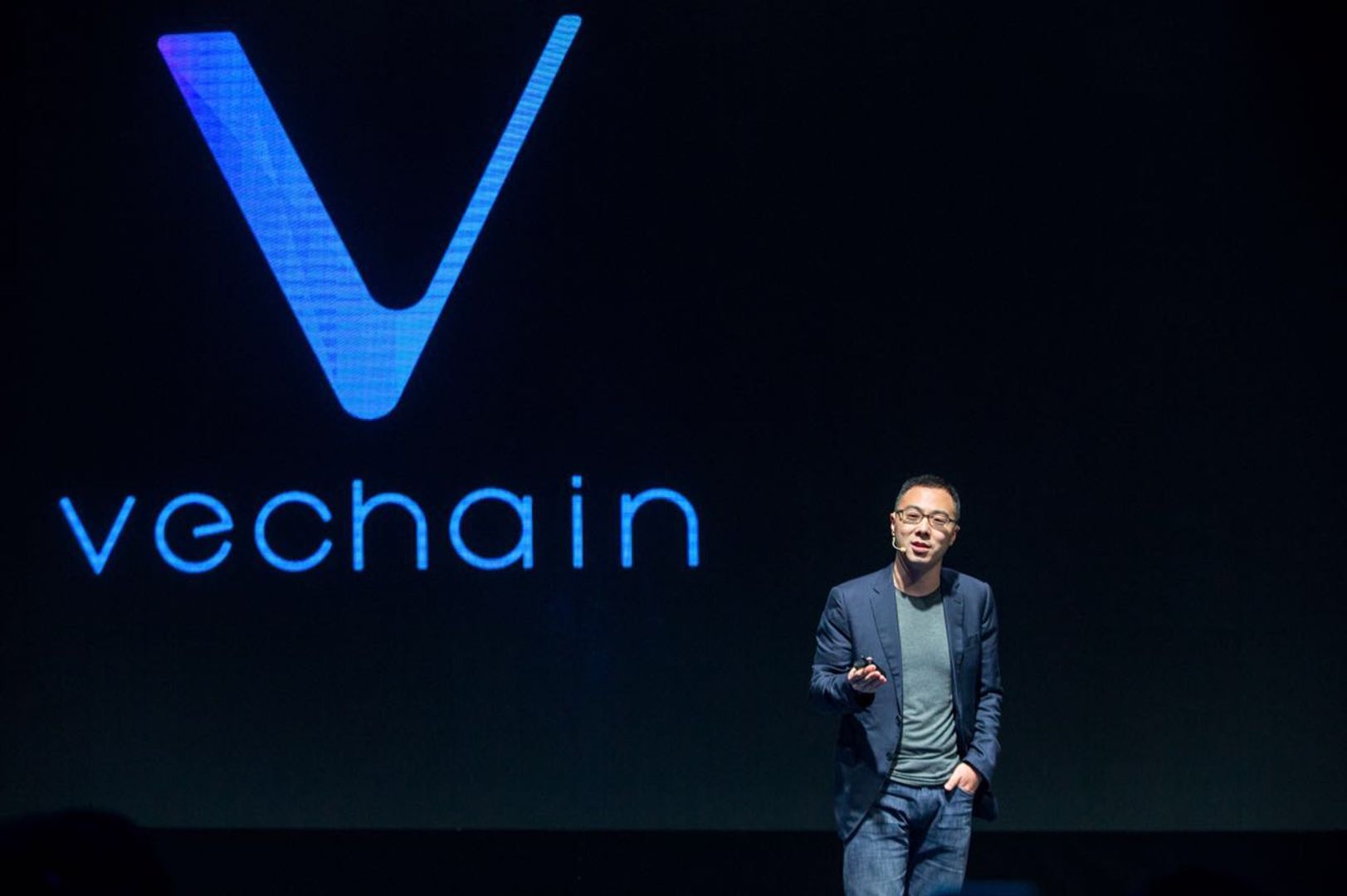
When real-world assets (RWAs) finally became the crypto industry's narrative du jour, Sunny Lu, the founder and CEO of VeChain, could only smile.
“I mean, we were doing this back in 2017,” Lu told CoinDesk in an interview ahead of Consensus 2025 in Toronto. “Back then, no one cared about RWAs."
Back then—eons in crypto years—some of the projects VeChain was involved with were a dairy traceability project in China, working with Walmart China on food safety, and tokenizing carbon credits in 2018 with BYD as it was transforming from a regional car brand to an up-and-coming global giant.
"We were ahead of our time,” Lu continued.
VeChain defined a category that TradFi giants like BlackRock are now building into their brand.
Now it's time for the protocol's next act.
At Consensus Toronto, Lu will deliver a keynote titled “Real Decentralization for Mass Adoption,” outlining VeChain’s new approach to scaling RWAs and blockchain use beyond the crypto-native crowd.
A roadmap that involves turning human behavior itself into a tokenizable asset and bridges crypto’s usability gap with AI agents and NFT-based staking.
Tokenizing human behavior
VeChain wants to turn everyday actions like recycling or driving an EV into something measurable and valuable on-chain.
By linking real-world behavior to blockchain rewards through tools like VeBetterDAO and Tesla integrations, it’s creating a new class of tokenized assets, making sustainability measurable and incentivized on-chain.
“We’re not just tokenizing big assets,” Lu said. “We’re tokenizing the invisible ones that didn’t have market value before.”
Lu calls this “tokenizing human behavior,” a concept VeChain first explored in 2019 as a prototype through its partnership with BYD, where it tracked EV mileage to generate carbon credits.
AI Agents for the Web 2 Crowd
But real-world value doesn’t matter if people can’t access it. Crypto remains intimidating for most users, and Lu believes AI is the answer.
VeChain is building an AI agent into its VeBetterDAO ecosystem, starting with a character named “BMO,” a virtual assistant that can guide users through staking, app interaction, and eventually optimize their token strategies across the VeChain network.
“People don’t want to memorize seed phrases,” said Lu. “They want a Tesla login or a Google ID. They want to click a button and participate. Our AI agent will help them do exactly that.”
VeChain’s upcoming integrations will allow users to log in with social credentials or even Tesla accounts. For example, EV charging data can flow automatically into smart contracts and generate carbon credit rewards without user intervention.
“We’re removing friction from every part of the stack,” Lu said. “It’s like moving from Linux command line to macOS.”
NFTs as Infrastructure
To enable broad protocol-level participation, VeChain is rethinking staking. Rather than requiring technical know-how or relying on centralized validators, users will soon be able to mint NFTs that represent their staked assets and delegate them directly to node operators.
“You don’t have to give up custody,” Lu said. “Block rewards go directly from the protocol to you, no middleman. It’s more secure, more compliant, and easier for the average user.”
This system, part of what Lu calls the VeChain Renaissance upgrade, aims to boost staking participation by lowering the technical barriers while preserving decentralization.
“This is real decentralization,” Lu said. “Everyone else talks about it. We’re building it.”
10-Year Anniversary
Lu’s keynote at Consensus in Toronto will mark a personal milestone: ten years since he first presented VeChain in New York back in 2015. This time, he’s coming with receipts and plans to showcase real traction from VeChain’s AI and sustainability initiatives.
Mugshot, a DeFi app that rewards users for reusing their coffee mugs and not buying disposable cups, is approaching one million users. Another project, EVEarn, which integrates Tesla’s API to automatically convert EV charging data into on-chain rewards, boasts a 98% retention rate.
“In Web3, that’s insane,” Lu said. “Almost every user keeps coming back every week. That tells you the experience is working.”
For Lu, the future of crypto won’t be won by hype cycles or flashy tokens. It will be earned through usability.
“The goal is mass adoption,” he said. “Real decentralization is the foundation. But adoption, that’s the destination.”
免责声明:本文章仅代表作者个人观点,不代表本平台的立场和观点。本文章仅供信息分享,不构成对任何人的任何投资建议。用户与作者之间的任何争议,与本平台无关。如网页中刊载的文章或图片涉及侵权,请提供相关的权利证明和身份证明发送邮件到support@aicoin.com,本平台相关工作人员将会进行核查。




